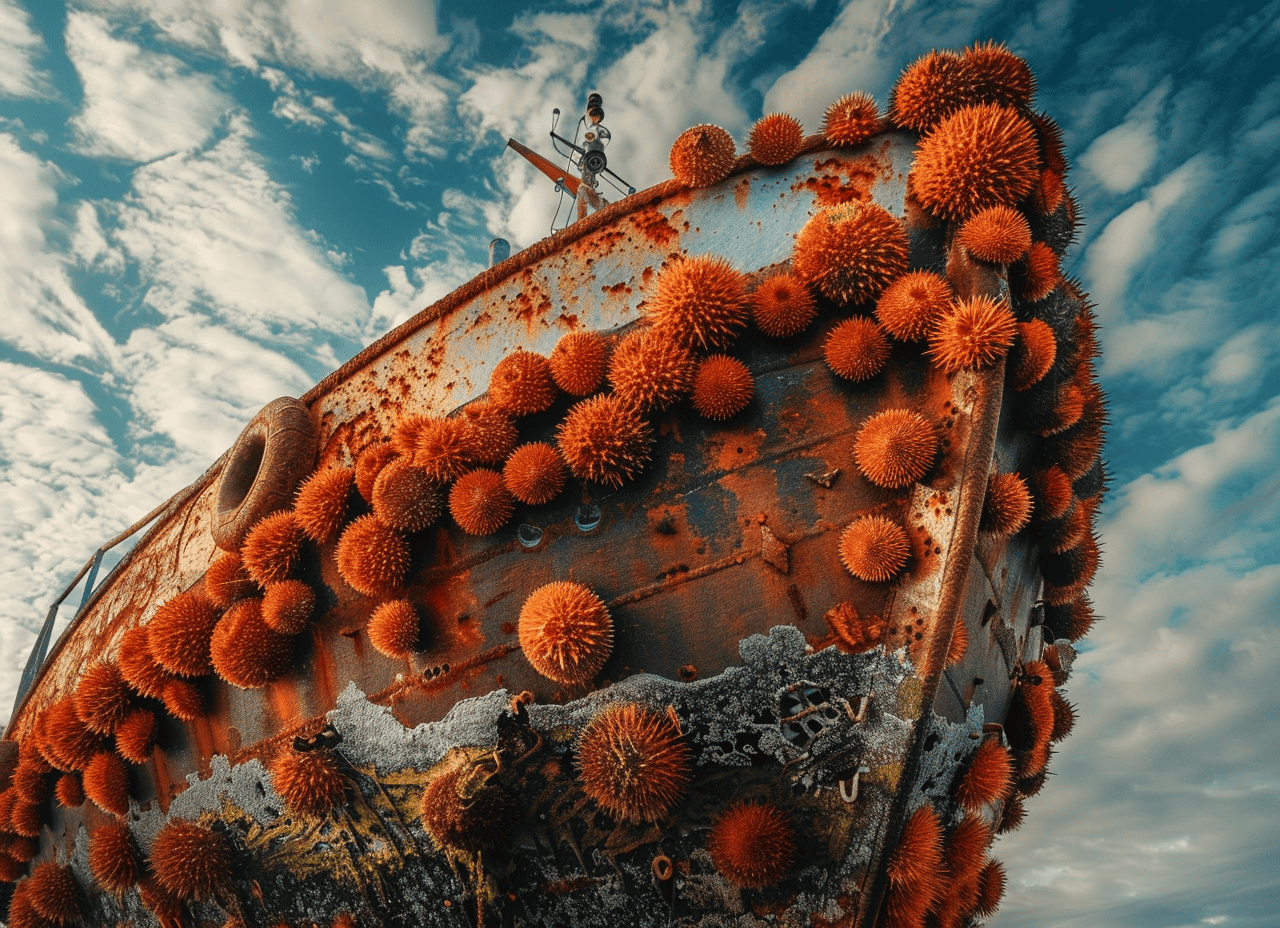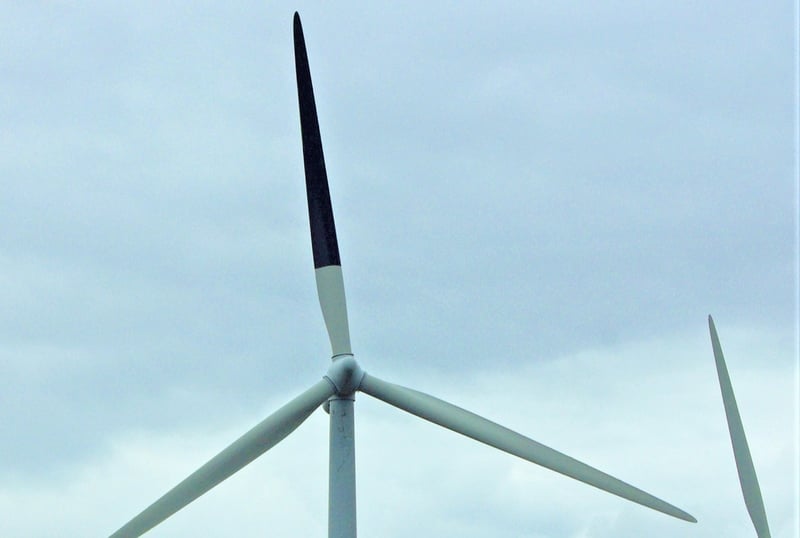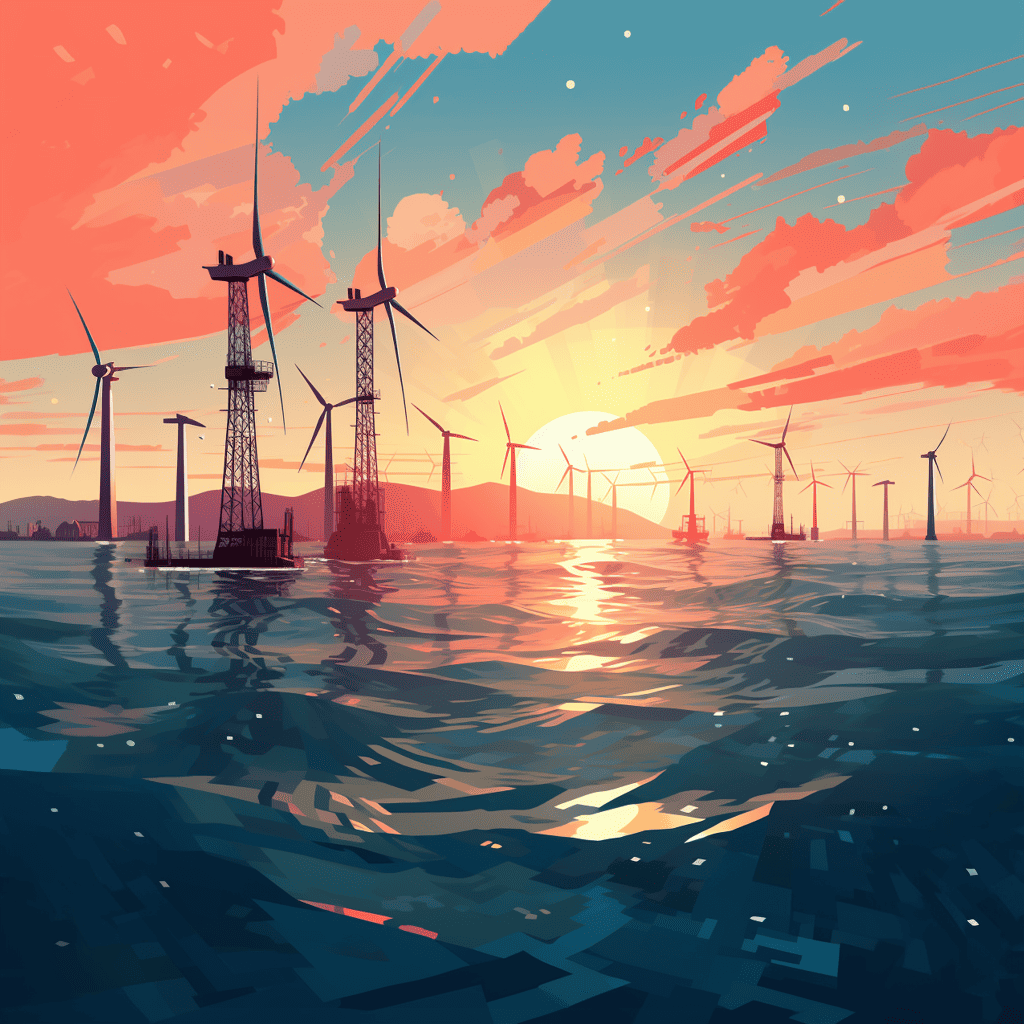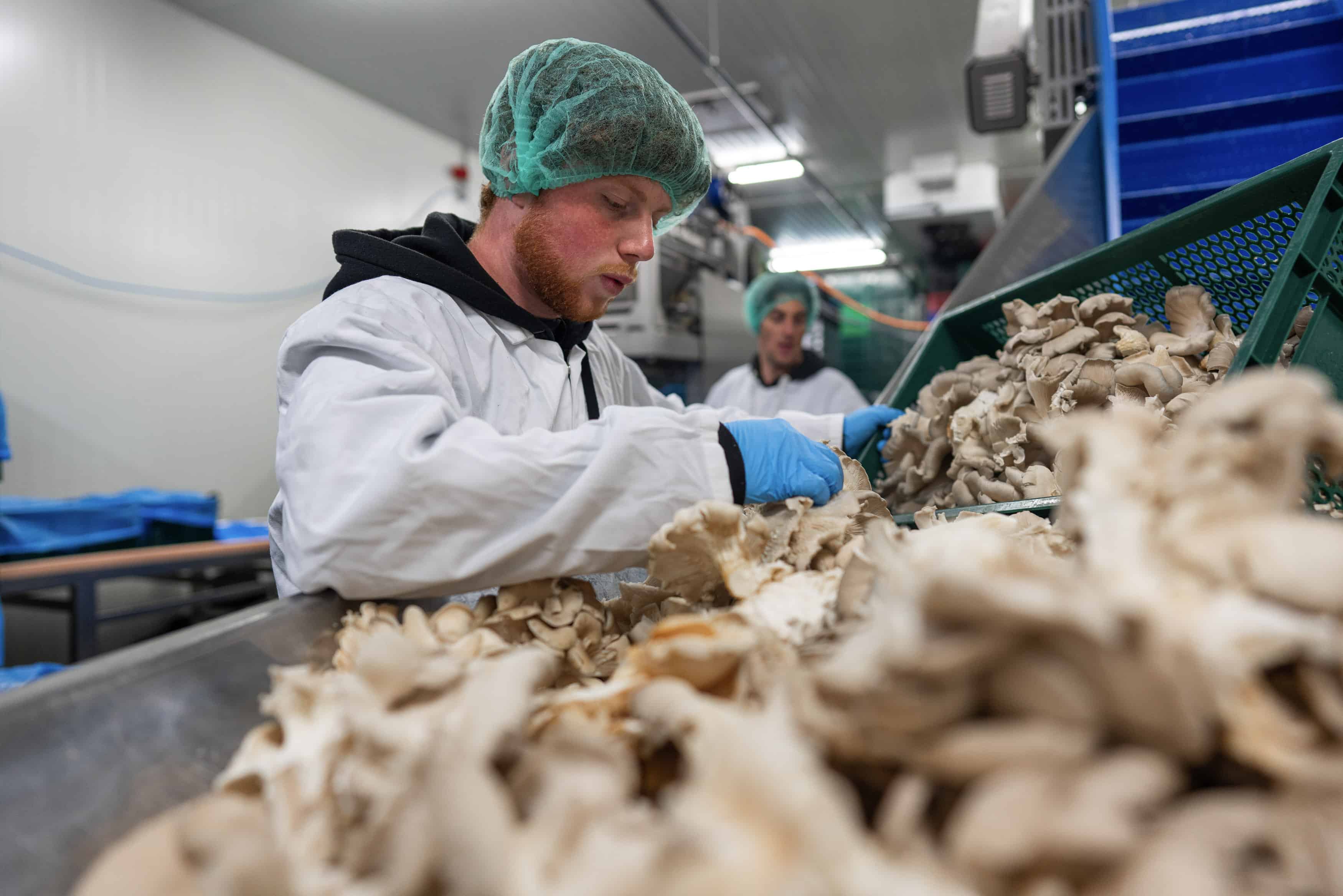
Humans create the most advanced technological solutions, but sometimes the best ideas are hidden in nature. Hoofddorp-based Finsulate developed a special coating inspired by sea urchins to protect ships from fouling. And numerous other companies take their inspiration from the sea.
How do you prevent mussel fouling on ships? How do you catch the light? Or: what is the best shape for a windmill blade? The parallels between nature and innovation are enormous. The science of biomimicry focuses on learning from nature. Biological principles and processes are sometimes the basis for the most innovative products.
This is not very surprising. Over more than 3.8 billion years, nature has explored and developed countless solutions. Thus, many problems that humans face have already been solved by nature. Mother Nature “works” on her solutions for centuries, and as a result, they are often very efficient.
What can we learn from the sea? What role can the ocean play in generating renewable energy? And how can innovations help us take better care of the sea? Find out in our newest edition: IO Next: The Ocean.

When we incorporate them into human innovations, they result in smart designs that often require less energy and materials.
- WhalePower Corporation developed rotor blades that resemble the flippers of humpback whales. This innovative design has led to improvements in wind turbine efficiency of as much as 20%.
- Sharklet Technologies makes smart surfaces with microscopic ridges, like the skin of sharks. It is applied to medical devices and surfaces in the aerospace industry to reduce bacterial growth.
- For her graduation, Dutch designer Teresa van Dongen once came up with the Ambio: a sustainable lamp containing bacteria that live on octopuses. They give off continuous light.
The smart sea urchin
The sea urchin is also a great source of inspiration. Rik Breur, the founder of Finsulate and a diving enthusiast, found that out during one of his adventures underwater. All smooth surfaces face fouling underwater, but spiky surfaces remain clean, he noted. This concept is the basis for his company. Finsulate applies a coating with spines to ships, preventing barnacles and mussels from adhering to the surface. For ships, such a protective coating is essential. When organisms attach to a ship, the surface roughens. This increases drag, slows sailing speed, and increases fuel consumption.
Normally, a special coat of paint is applied to prevent this. However, this type of paint is problematic, Breur explains. “First, it contains biocides, similar to poison to control weeds in the garden. Second, the paint contains microplastics. When the paint wears off, the plastics end up in the water. According to research, this is the largest source of microplastics in oceans.” So Finsulate’s coating is a sustainable alternative.
What exactly does the coating look like? “It’s a thin layer of fiber with hairs. We have those in different shapes and sizes.” For yachts, there is a variant with softer hairs. For other ships, there is a film with larger spines. “And we have also applied the foil to a large cargo ship 140 meters long.” Recently, a customer sailed around with the coating for 10 years. “That was a big milestone for us.”
Wind farms
In addition to ships, offshore wind turbines also have to deal with “troublesome” barnacles and mussels. “After about 30 years, the organisms damage the windmills, and then you get decay. How nice would it be if we could stretch those thirty years another five years?” Finsulate already “plated” a pole in the Princess Amalia Wind Farm. “We monitored that one for three years. The foil did exactly what we wanted.”
There is more to come. In addition to ships and windmills, the inventor expects fish farms or wave turbines to benefit from his solution. “They are all objects that have to last a long time. I am convinced that we will certainly be able to provide a sustainable solution for these in the future.”








